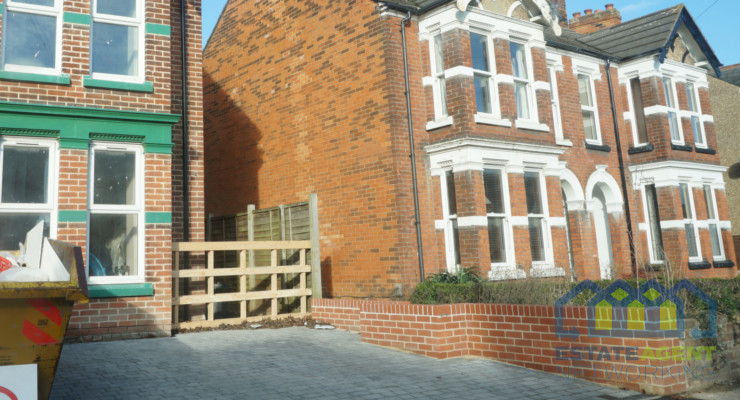London property no longer a safe bet as real-terms prices slide
Inner London stagnates: Wandsworth, Lambeth, Tower Hamlets, Kensington and Chelsea, and Westminster saw annual growth of less than 0.5% between 2016 and 2024, new Rathbones research reveals.
Southwark in freefall: Average house prices fell by 2% over the past eight years.
Outer London underperforms: Even Bexley, the best-performing borough, only saw 2.8% annual growth – well below historical highs.
Rathbones reports a rise in clients with property portfolios considering selling, amid growing speculation that a new property tax could be announced in the upcoming Budget.
The longstanding assumption that London property is a guaranteed way to build wealth is increasingly being challenged, as today’s buyers in the capital are unlikely to see the same gains enjoyed by previous generations, according to new research from Rathbones, a leading UK wealth and asset manager.
Between 2016 and 2024, residential property prices in London rose by just 1.3% annually on average – 2.5 percentage points below the current inflation rate of 3.8%, according to analysis by researchers and economists at Rathbones.
In many inner London boroughs, prices have barely moved since 2016. Wandsworth, Lambeth, Tower Hamlets, Kensington and Chelsea, and Westminster all saw annual growth of less than 0.5%. Southwark experienced a 2% decline in average house prices over the same period.
Even in outer London, where prices have risen more noticeably since 2016, they still failed to outpace inflation in every borough. Bexley saw a dramatic reversal in fortunes, shifting from the worst to the best performing borough for house price growth. However, the average property value in Bexley still only rose by 2.8% per year – 5.2 percentage points slower than the growth seen between 1995 and 2016.
In contrast, equities have continued to deliver inflation-beating returns. A simple portfolio comprising 25% UK and 75% global stocks grew by an average of 7.2% annually between 2016 and 2024.
The analysis found that the golden age of property ownership in the capital spanned from 1995 to 2016, during which house prices rose by 9.1% annually – faster than any other UK region and well above the national average of 6.5%.
In some parts of London, house prices even achieved double-digit annual growth. In Hackney, Southwark, Lambeth, and Westminster, prices rose by more than 10% per year between 1995 and 2016.
“Once a haven for property investment, the London property boom is well and truly over. Our research shows that the key factors which once fuelled the meteoric rise in house prices no longer apply,” says Rebecca Williams, Divisional Lead of Financial Planning at Rathbones.
“We’ve also seen a growing number of clients with substantial property portfolios looking to disinvest, amid speculation that a new property tax – such as national insurance on rental income – could be introduced in the upcoming Budget. Such a measure could be the final nail in the coffin for London property as a viable investment.”
No return to the property boom
In July, Rathbones conducted an in-depth analysis of house prices in Scotland and England over the past century. The report, Don’t Bet the House, concludes that the boom years of property investment – spanning from the 1980s to the mid-2010s – are now firmly behind us.
Looking back over more than a century, Rathbones found that UK house prices typically hovered around four times average annual earnings between 1910 and the late 1990s. After 2000, this ratio more than doubled, with prices reaching up to eight times average earnings- making property significantly less affordable for the average buyer.
Decades of low interest rates have given way to global instability, fuelling inflation and driving up mortgage costs. Meanwhile, higher costs for landlords – stemming from tax changes, stamp duty surcharges, and stricter regulations such as the upcoming Renter’s Rights Bill – have further diminished the appeal of buy-to-let and second-home investments.
Charlie Newsome, Divisional Director at Rathbones, says: “Many buy-to-let and additional rental properties, where yields were already razor-thin, have now become unviable as businesses due to the twin pressures of rising interest rates and increasingly burdensome regulation – set against a backdrop of stagnating property prices.
“It’s no surprise that several of our clients have opted to sell their buy-to-let properties and use the proceeds in ways that better align with their long-term plans—including gifting assets for inheritance tax planning.”








